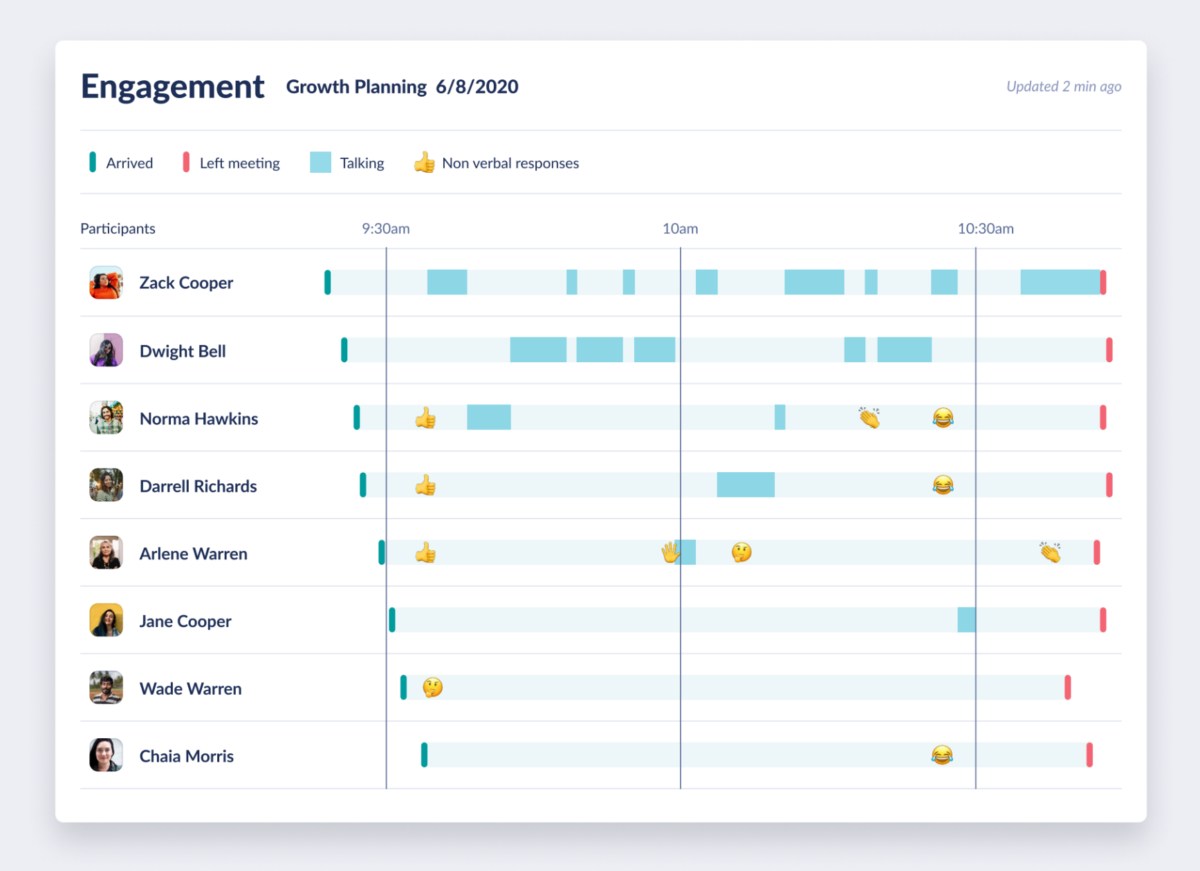According to Google Trends data, as much of America’s knowledge workers settled in for the second month of working at home under the COVID-19 work from home mandates, ‘Zoom fatigue’ hit an all-time high. But the truth is, it’s not just being stuck at home and having most of our socializing taking place over video conference calls that are to blame for our dissatisfaction with workplace meetings.
Whether it’s 9 million versions of conference call bingo or 21 million views of a conference call in real life, poorly-run company meetings have long been a source of employee dissatisfaction. A 2017 study published in Harvard Business Review surveyed 182 senior managers in a range of industries to gauge how meetings impact their work:
- 65% said meetings keep them from completing their own work
- 71% said meetings are unproductive and inefficient
- 64% said meetings come at the expense of deep thinking
- 62% said meetings miss opportunities to bring the team closer together
Many factors contribute to this negative outlook on workplace meetings, but one that has bubbled up significantly over the last few months is meetings are often where the lack of diversity and inclusion in the workplace shows up.

